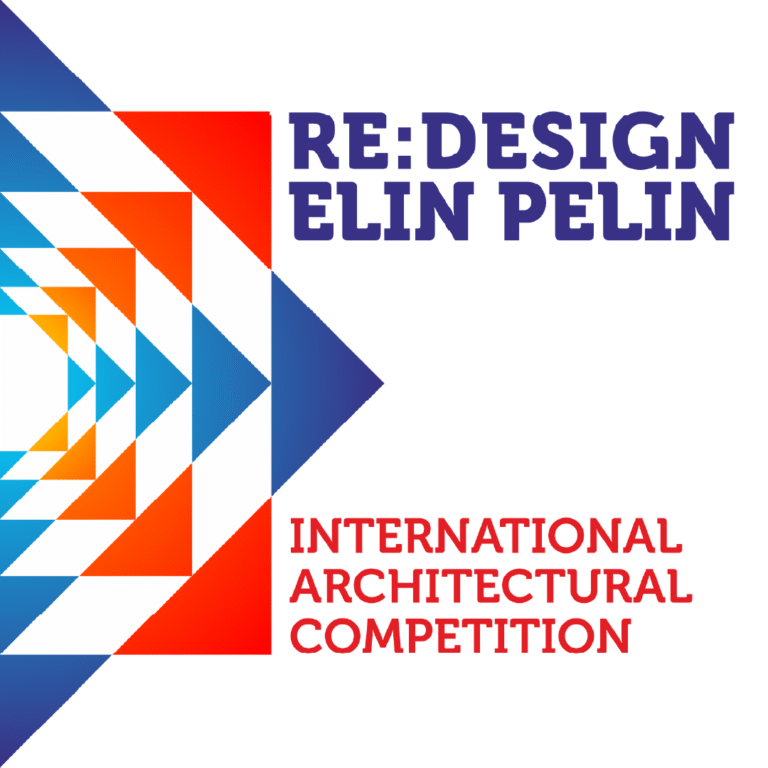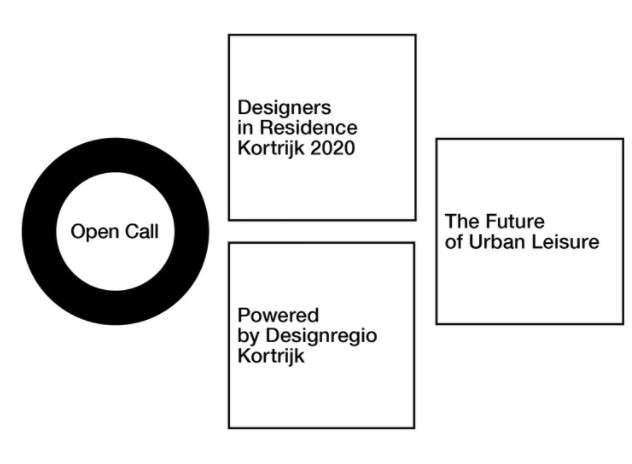Concept Sequence Diagrams Competition
Architecture Competition: Concept Sequence Diagrams Competition
This time we would like to challenge you to create a Concept Sequence Diagram!
Your task is to create a building volumetry that represents the idea of a project and show the design decisions that you took as a sequence diagram. The goal in this competition is not the design itself, but to tell the story of how you came up with it.
And to make it even more interesting you have two decisions to make:
1. Where is this site?
2. What will this building be?
Make these choices and then use them as starting points to develop a concept. That’s what your sequence diagram should represent.
If you are reading this, we probably don’t need to convince you about how important it is, as an architect, to be able to translate your thoughts and ideas into meaningful drawings, capable of conveying practical information as well as emotion. These visual representations of a space help us show clients, professors, or simply colleagues, what’s going on in our minds.
Initially, being able to produce an image that represents a space, as you imagine it, might be enough. But as your projects evolves and mature, being able to tell a story is what will set your presentations apart. Showing that you are not only able to design beautiful spaces, but also explain how you got there, what’s your concept, and how your design evolved until reaching its final form, can be the difference between standing out to a competition jury or actually winning the competition, or between your teacher giving you an A or an A with honors.
An excellent way to add this kind of value to your presentations is to include a concept diagram, or more specifically Concept Sequence Diagrams. This type of diagram is composed of simple drawings capable of explaining the design and thought process of a space in just a few consecutive steps.
t is no coincidence that some of the leading contemporary architecture studios worldwide have become masters at this kind of drawings!!







